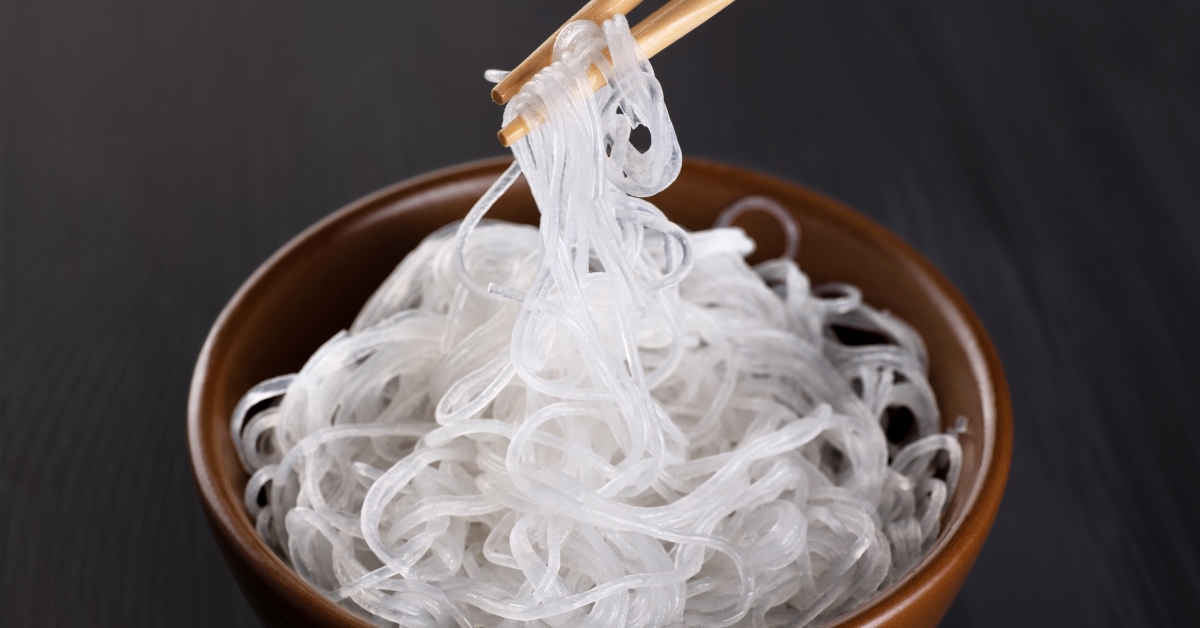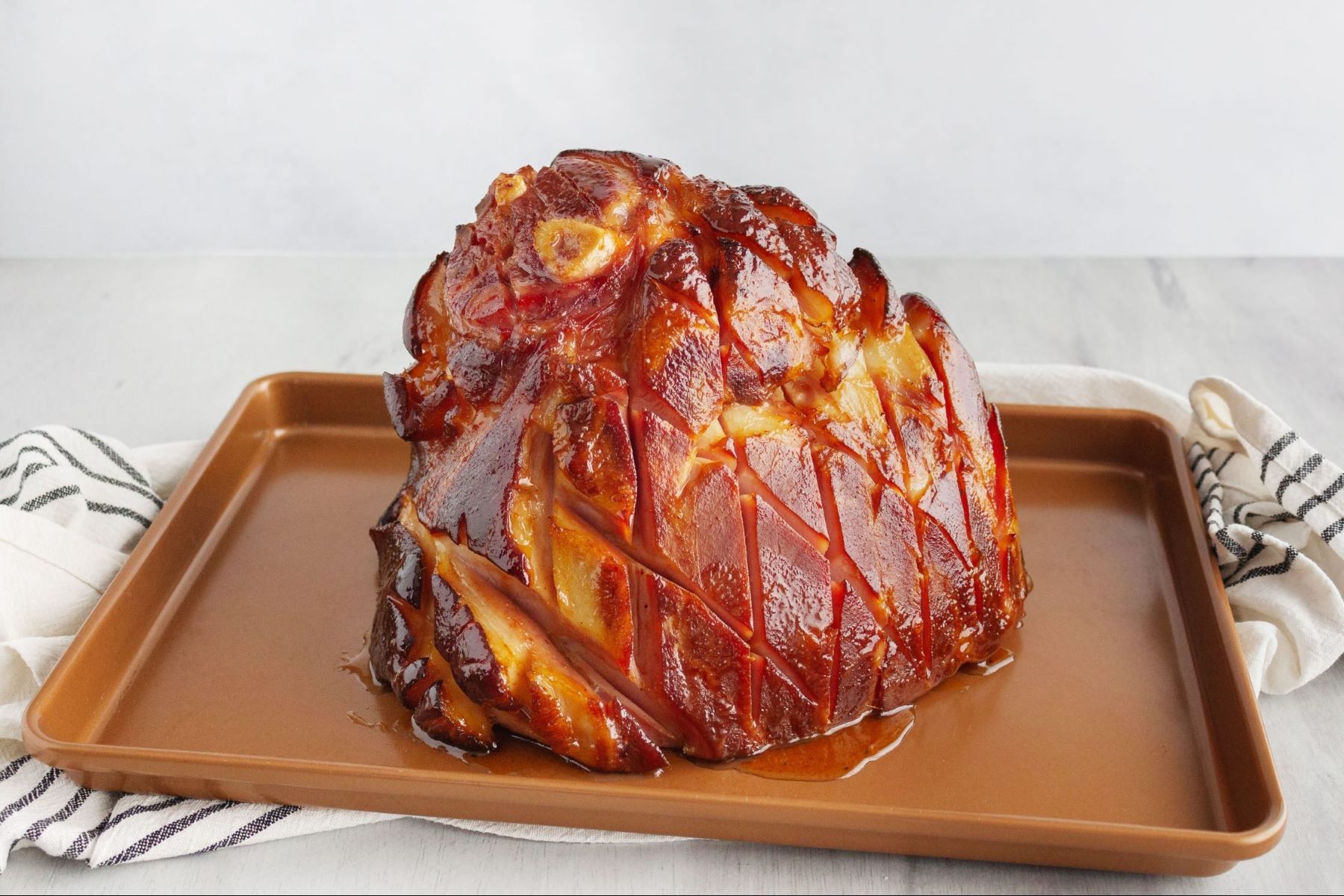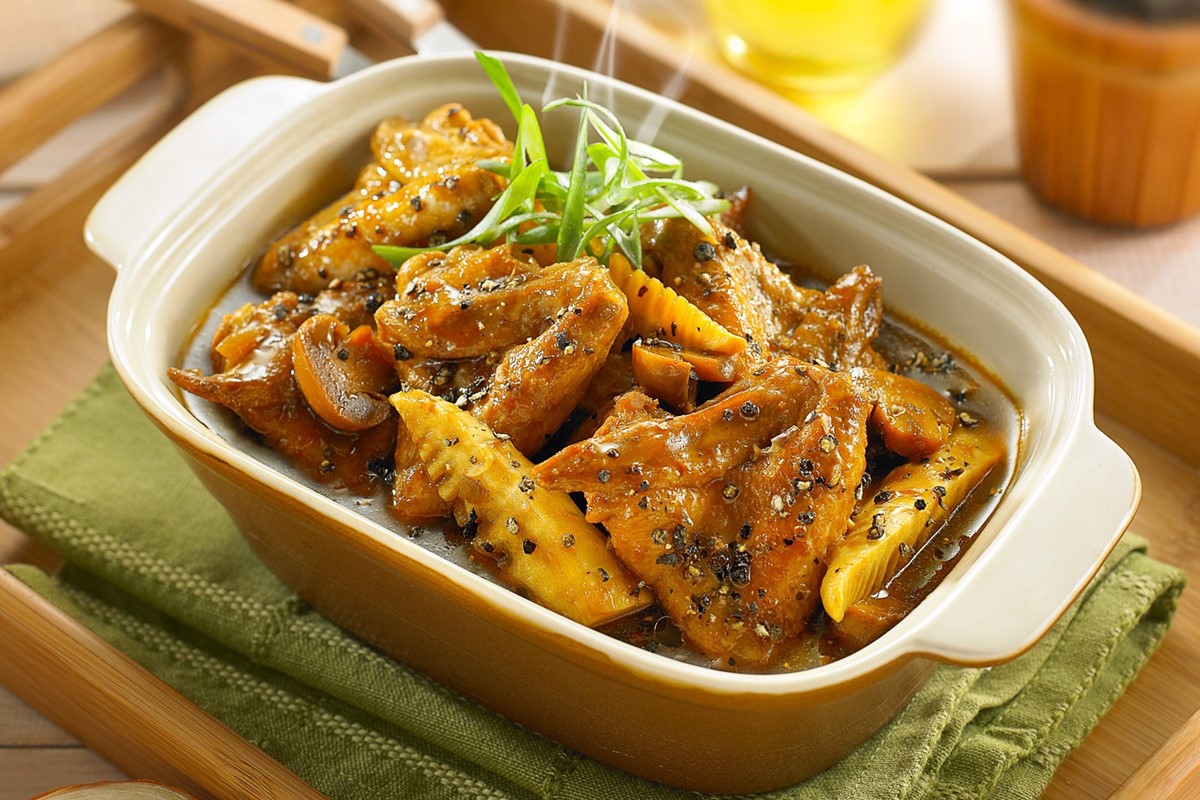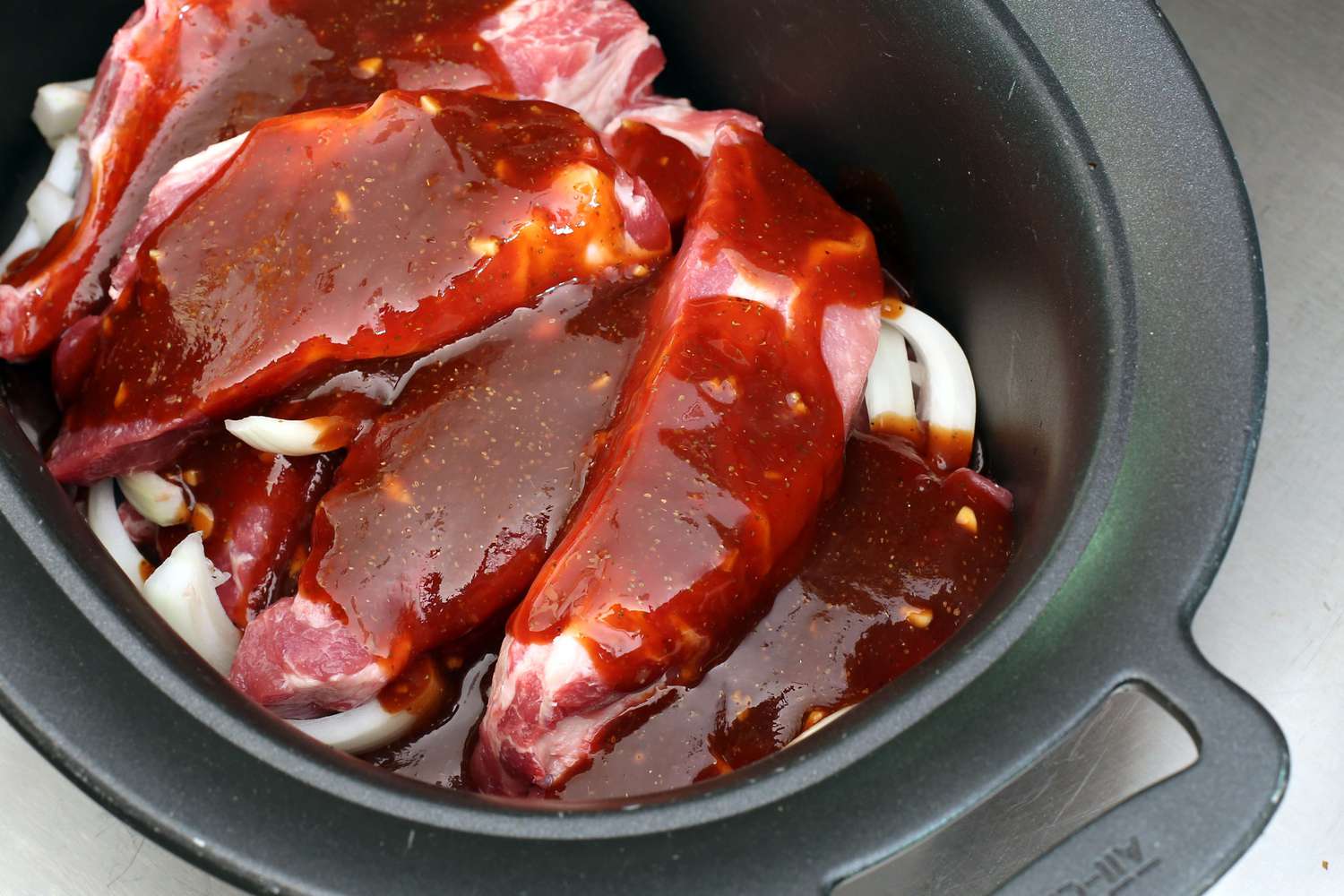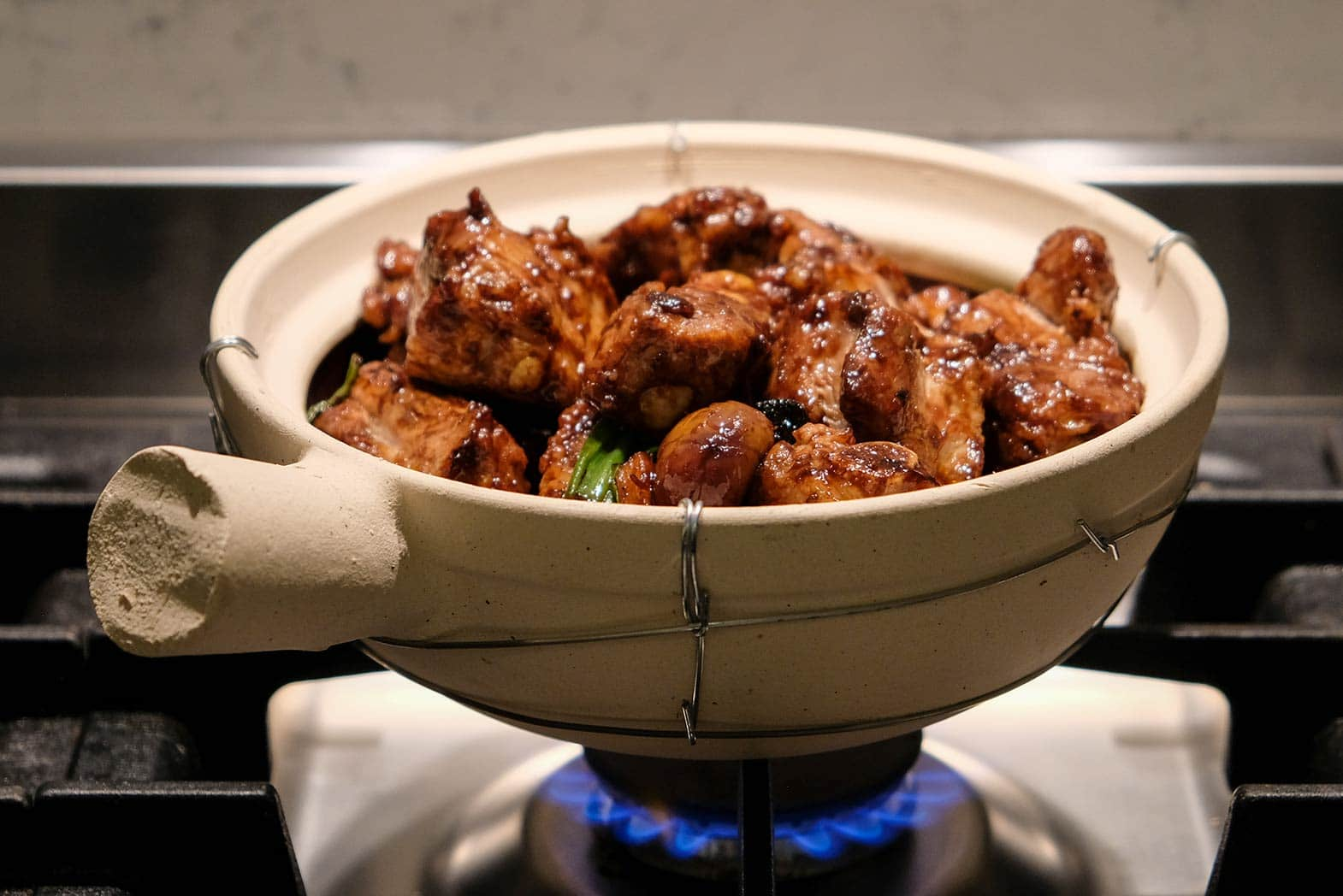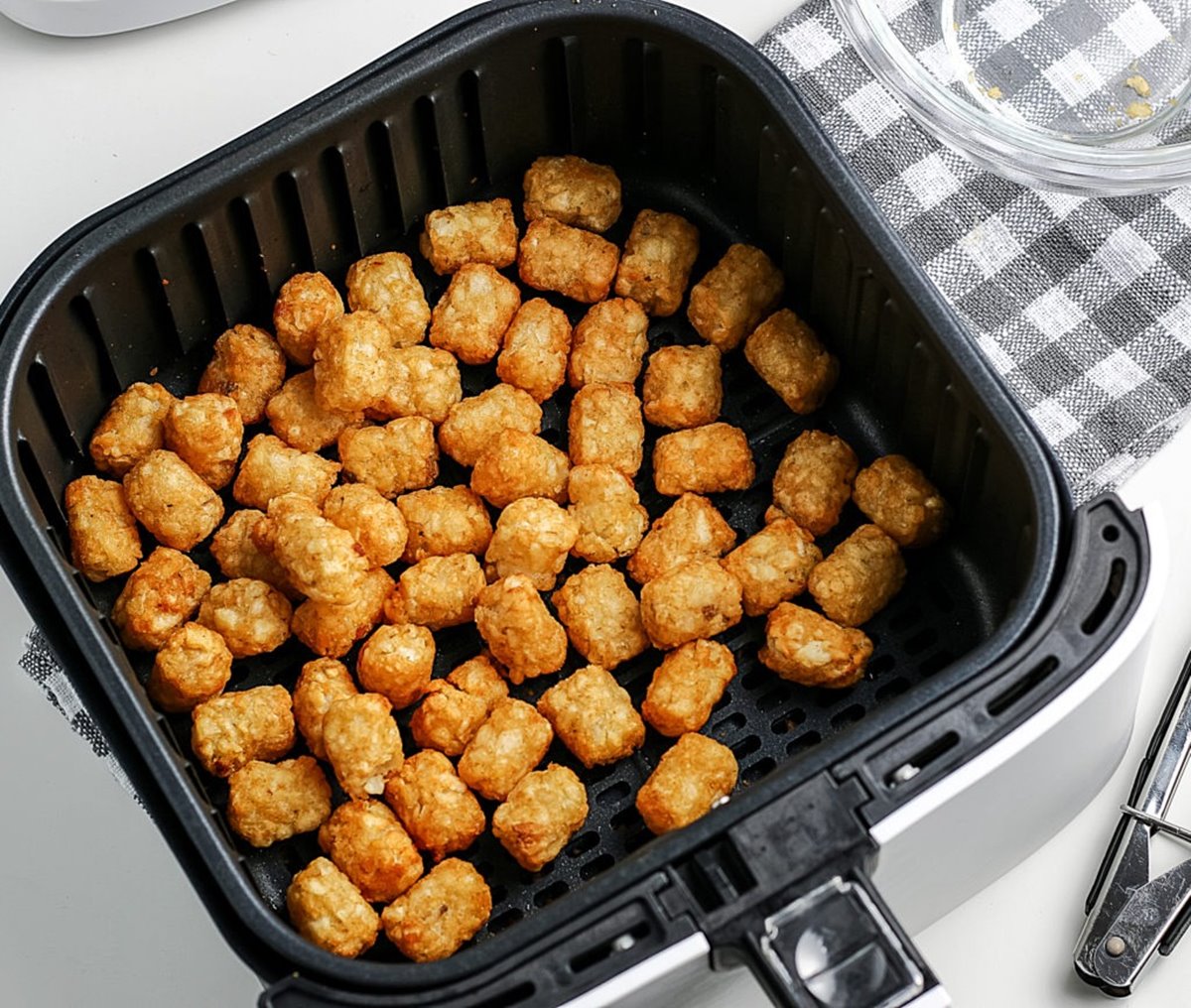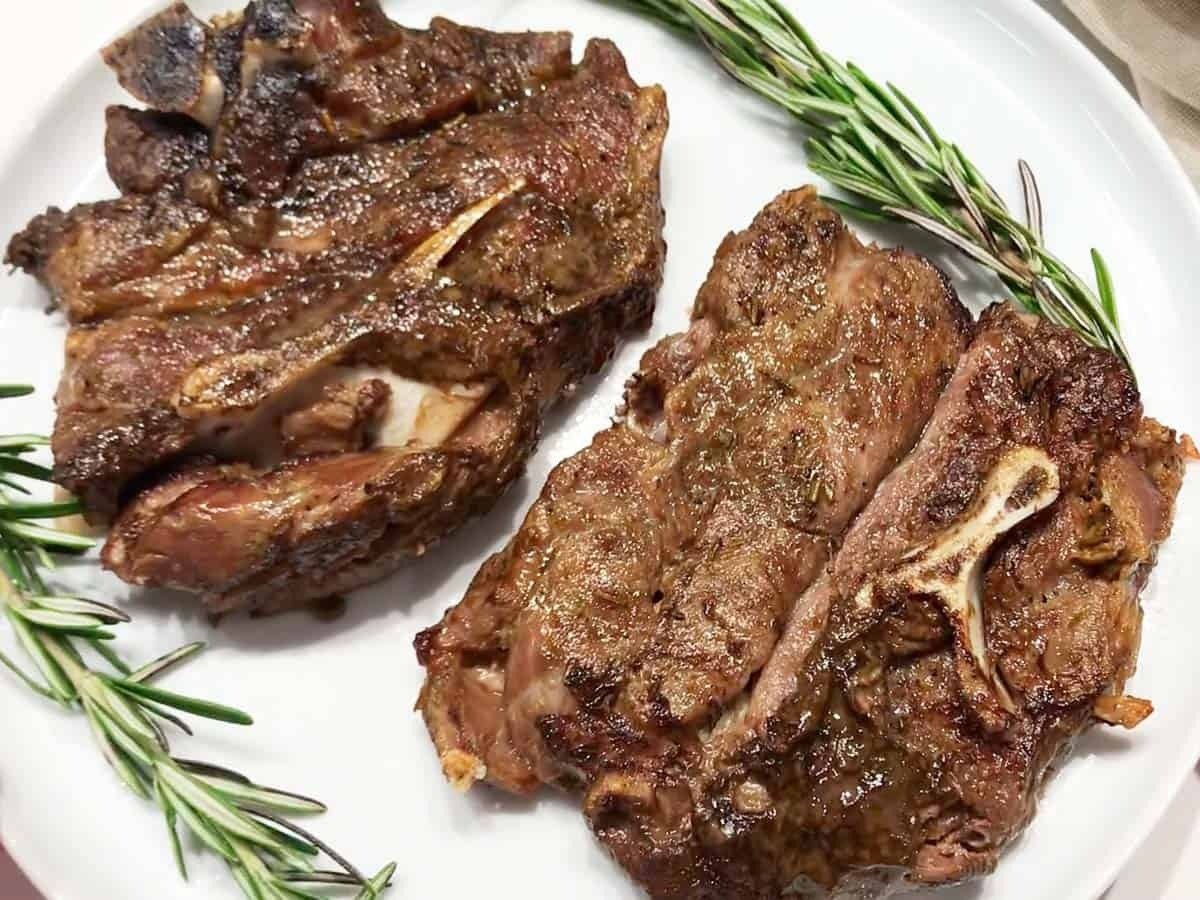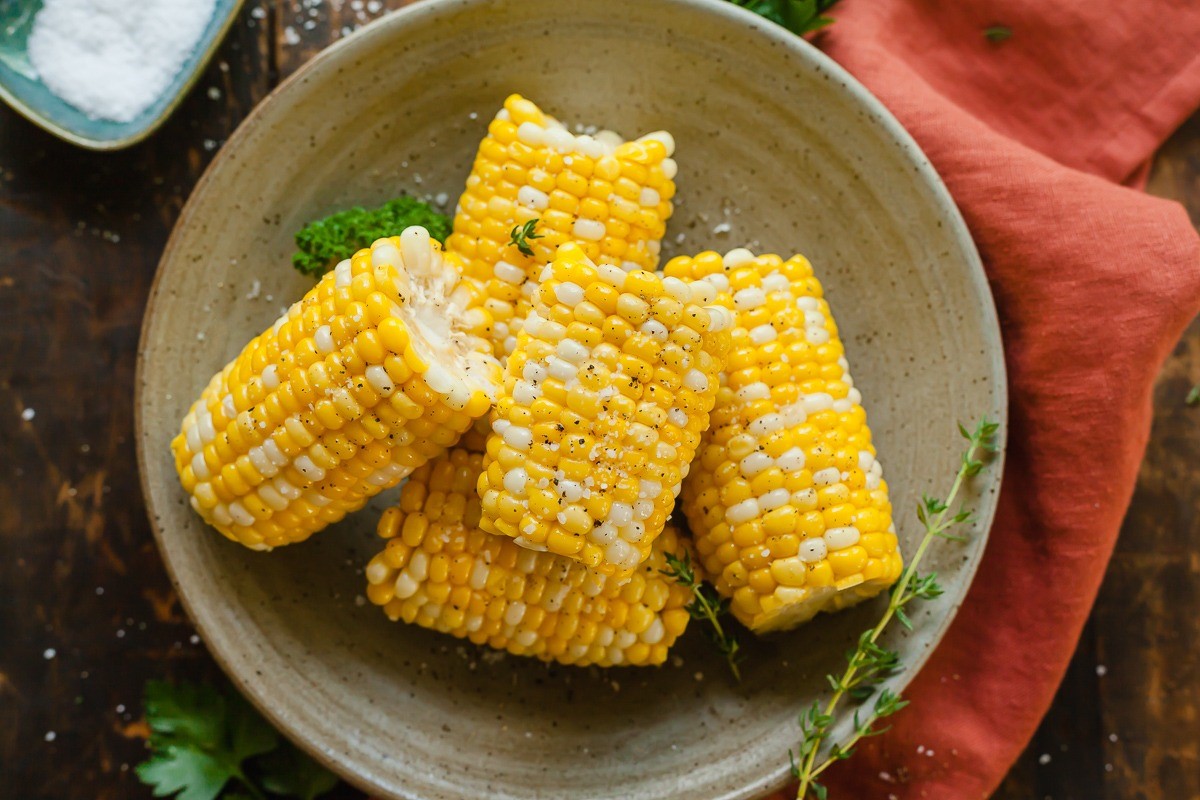How To Cook Canned Beets
So, you’ve got a can of beets sitting in your pantry and you’re wondering how to turn them into a delicious dish? Look no further! We’re here to guide you through the process of cooking canned beets and creating a memorable meal.
Why Cook Canned Beets?
You might be wondering why bother cooking canned beets when they’re already pre-cooked. Well, cooking them further enhances their flavor, texture, and versatility. By adding your own touch to canned beets, you can elevate them from a simple side dish to the star of your plate.
What You Will Need:
- 1 can of beets
- 1 tablespoon of olive oil
- 1 clove of garlic, minced
- Salt and pepper to taste
- Optional: herbs and spices of your choice (such as thyme, rosemary, or cumin)
Step-by-Step Guide:
1. Prepare the Beets
Start by draining the liquid from the can of beets and rinsing them under cold water. This will help remove any excess salt or preservatives. Once drained, pat them dry with a paper towel.
2. Sauté the Garlic
In a pan, heat the olive oil over medium heat. Add the minced garlic and sauté until fragrant. Be careful not to burn the garlic, as it can turn bitter.
3. Add the Beets
Add the canned beets to the pan and toss them gently with the garlic-infused oil. Season with salt, pepper, and any additional herbs or spices you desire. Stir to coat the beets evenly.
4. Cook the Beets
Cook the beets over medium heat for about 5-10 minutes, or until they are heated through and tender. Stir occasionally to prevent sticking or burning.
5. Serve and Enjoy
Once the beets are cooked to perfection, transfer them to a serving dish and garnish with fresh herbs, if desired. They can be enjoyed as a side dish, added to salads, or incorporated into various recipes like soups, stews, or roasted vegetable medleys.
Remember, cooking canned beets allows you to customize their flavor by adding different herbs and spices. Get creative and experiment with your favorite flavors to make them truly unique.
Benefits of Cooking Canned Beets
By cooking canned beets, you not only enhance their taste, but you also retain most of their nutrients. Beets are packed with essential vitamins, minerals, and dietary fiber that can contribute to a healthy diet. They are known for their potential benefits, such as boosting endurance, improving digestion, and supporting heart health.
So, next time you reach for that can of beets, don’t just settle for the ordinary. Take a few extra steps to cook them, and elevate your culinary experience with the vibrant flavors of homemade canned beets. Your taste buds will thank you!
More Delicious Ways to Enjoy Canned Beets
After mastering the art of cooking canned beets, why not put your new skills to the test with an array of delightful recipes? For a refreshing twist, try the Roasted_Beet_and_Walnut_Salad which combines the earthy tones of beets with the rich crunch of walnuts, perfect for a nutritious side dish. If you're in the mood for something heartier, the Beet_and_Orange_Glazed_Salmon offers a tantalizing blend of sweet and savory flavors, making it a must-try main course. For those who enjoy experimenting with international cuisine, the Borscht_Beet_Soup is a traditional Eastern European dish that showcases beets in a warm, comforting soup. Each recipe provides a unique way to incorporate canned beets into your meals, enhancing both the flavor and nutritional value of your dishes.
Was this page helpful?
Read Next: How To Cook White Squash

